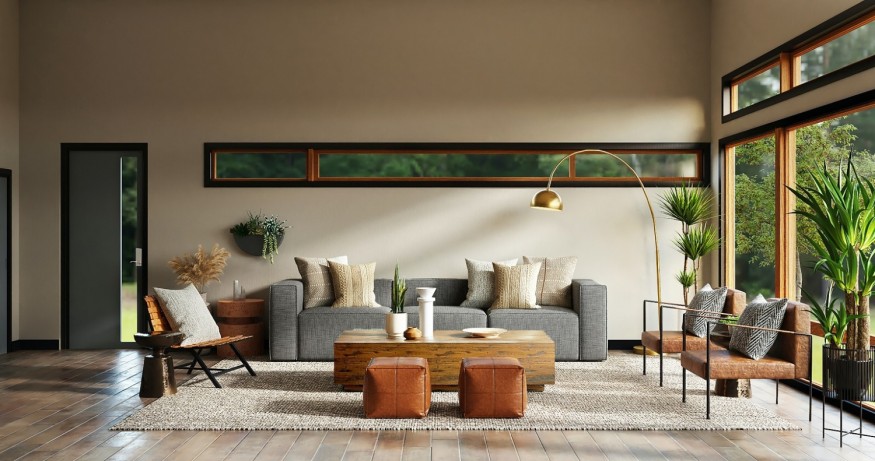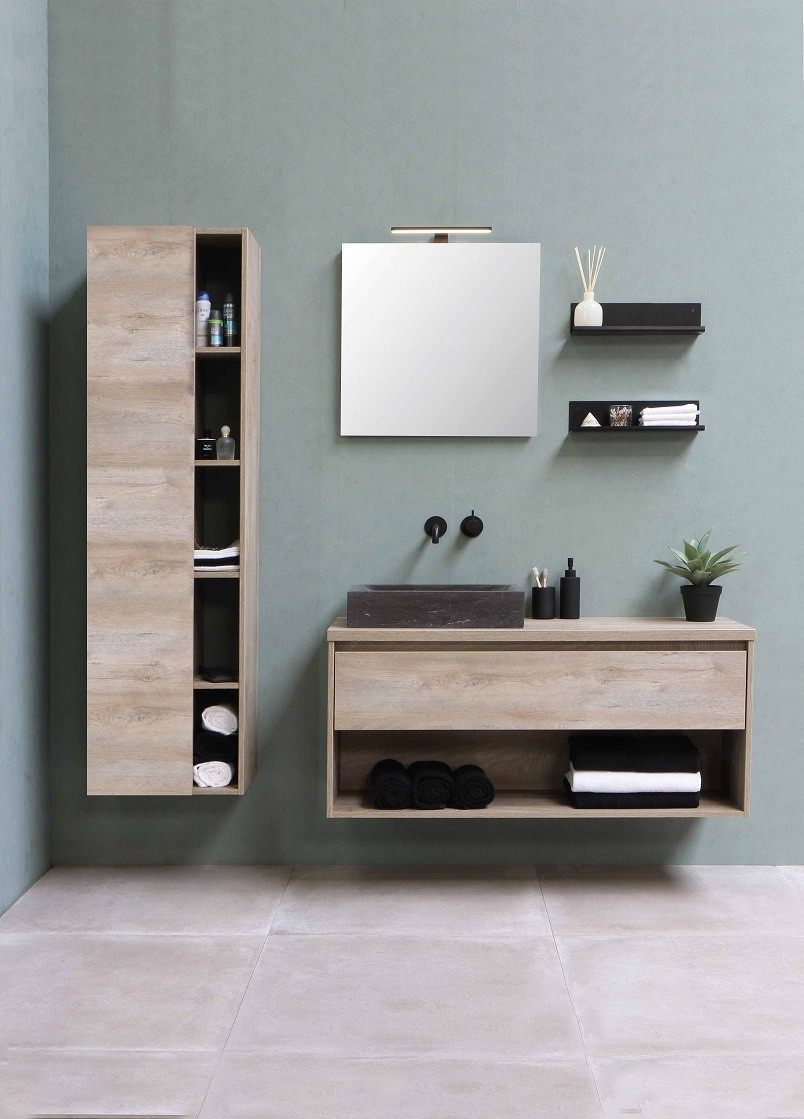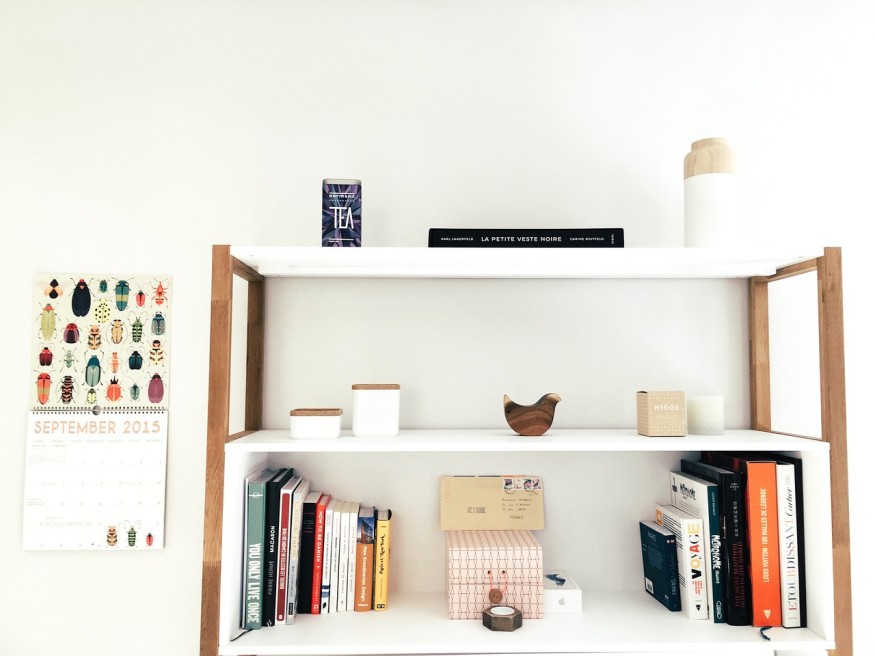Minimalist Interior Design Concept, Style and Approach: What Is Its Purpose?

In the ever-evolving realm of interior design, one aesthetic has stood the test of time, commanding attention for its simplicity, functionality, and intentional use of space. With its clean lines, neutral color palettes, and emphasis on essential elements, minimalist interior design has garnered widespread acclaim for creating serene and harmonious living environments. This exploration delves into the purpose, distinctive style, and underlying approach that defines minimalist interior design.
Understanding Minimalism Beyond Stereotypes
Contrary to popular belief, minimalist interior design is not about living with as little as conceivably possible. Niya Bascom, creative director at Ishka Designs, emphasizes that minimalism is a global concept rooted in different cultural aspects. It's more than just a finished aesthetic; it's a way of living.
The Essence of Minimalism
Minimalist spaces are typically defined by clean lines, limited ornamentation, a neutral color scheme, and natural materials. While often associated with uncluttered rooms and white walls, minimalism is not confined to a specific look but encourages a purposeful and mindful way of living.
Minimalism Across Cultures
Minimalism extends beyond Western interpretations. Like the Wodaabe people, nomadic communities embody minimalism through practicality and a lifestyle that values what is essential. It's not just about aesthetics; it's a philosophy that discourages unnecessary consumption and promotes living with what you need.

Tracing the Roots of Minimalist Interior Design
The minimalist art movement, popularized after World War II by artists like Frank Stella and Donald Judd, laid the foundation for minimalist design. It gained momentum in the '60s and '70s, evolving as a response to the chaos of urban life. Influences from midcentury-modern and international movements, particularly figures like Ludwig Mies van der Rohe, also shaped the aesthetic.
The Enduring Appeal of Minimalism
Minimalist design's lasting appeal can be attributed to its alignment with sustainability. Reducing individual consumption has become more common as the world faces a climate crisis. The style is a resistance to excess and embraces beauty in simplicity.
Defining Elements of Minimalist Interior Design
Minimalist spaces often include simple lines, monochromatic or neutral color palettes, limited furniture and decorative objects, creative storage solutions, open floor plans, and an emphasis on natural light.
Principles of Minimalist Design
At its core, minimalist design is about being purposeful. It's not about asking how little one can live with but what can be eliminated that is unnecessary. The emphasis is on creating a peaceful and uncluttered environment where the eye can rest.

Achieving Minimalism in Your Home
For a DIY minimalist home design, focus on decluttering and owning fewer material items. Keep what matters most, avoid trends, and invest in timeless and classic pieces. Your home doesn't have to adhere to strict rules; the intention and feeling of minimalism matter more than a specific look.
Embracing Minimalism
Minimalism is a desire to be mindful and achievable in various ways. Trust your vision, taste, and timeline. It's a gradual process that requires patience. As Anishka Clarke suggests, "Rome wasn't built in a day," and your minimalist home doesn't need to be either.
The Core Purpose of Minimalism
At the heart of minimalist interior design lies a fundamental purpose - the pursuit of simplicity. This aesthetic concept seeks to strip away excess, leaving only the essential elements contributing to a functional and aesthetically pleasing space. By embracing simplicity, minimalist design creates environments that foster tranquility, clarity, and a sense of order.

Serenity in Space
Minimalist interiors prioritize open spaces, allowing room for thought and movement. The intentional reduction of clutter and superfluous decor promotes a serene atmosphere, enabling inhabitants to escape the chaos of modern life within the confines of their homes. The purpose, therefore, is not just aesthetic; it's about cultivating an environment that promotes mental and emotional well-being.
Functional Elegance
Minimalism doesn't mean sacrificing elegance. Instead, it challenges designers to infuse elegance into functional elements. The purpose is to create spaces that are not only visually appealing but also serve their intended purpose seamlessly. Every piece of furniture every design choice, contributes to the overall functionality of the space.
Neutral Color Palette
A cornerstone of minimalist interior design is using a neutral color palette. Shades of white, beige, and light gray dominate, creating a timeless and sophisticated ambiance. The purpose is to enhance the sense of space and light, allowing other design elements to shine.
Clean Lines and Uncluttered Spaces
Minimalism rejects unnecessary ornamentation. Clean lines and uncluttered spaces take center stage, emphasizing the elegance found in simplicity. The purpose is not to create emptiness but to allow each element to breathe and be appreciated in its own right.
Functional Furniture with a Purpose
Furniture in minimalist spaces serves a purpose beyond aesthetics. Each piece is carefully selected for functionality, contributing to the overall design scheme. The purpose is to create a living environment where every item has significance and adds value to the space.
Abundant Natural Light
Minimalist interiors often feature large windows and an abundance of natural light. This deliberate choice serves a dual purpose: it enhances the sense of openness and connection to the outdoors while contributing to energy efficiency.
Decluttering as a Ritual
The minimalist approach requires a conscious effort to declutter. This involves paring down possessions to the essentials and eliminating unnecessary items. The purpose of this ritual is to create a living space that feels purposeful and curated.
Quality Over Quantity
In the realm of minimalist interior design, quality takes precedence over quantity. Each chosen item, furniture, decor, or artwork must be carefully considered for its craftsmanship and significance. The purpose is to ensure that every element adds value to the overall design.
Spatial Awareness
Minimalist design places a strong emphasis on spatial awareness. Understanding how each element interacts with and contributes to the space is crucial. The purpose is to create a harmonious flow that feels intentional and uncluttered.
The Enduring Allure of Minimalist Interior Design
As trends come and go, the allure of minimalist interior design remains timeless. Its purpose goes beyond mere aesthetics; it's a lifestyle choice that encourages mindful living and intentional design. The distinctive style, characterized by simplicity and functionality, creates spaces that testify to the philosophy that less is indeed more.
Cultivating Mindful Living Spaces
The purpose of minimalist interior design extends beyond the visual appeal. It cultivates mindful living spaces that echo the ethos of simplicity and purpose. The intentional selection of elements and the emphasis on functionality contribute to an environment that encourages residents to appreciate the beauty of the essentials.
Adapting to Modern Lifestyles
Minimalism's enduring relevance lies in its adaptability to modern lifestyles. In a chaotic and overwhelming world, minimalist interiors offer a respite - a place of calm and order. The purpose is to create havens that reflect the present values while remaining timeless.
In interior design, where trends can be fleeting, minimalist design is a beacon of purposeful elegance. Its purpose goes beyond creating visually appealing spaces; it aspires to enhance well-being, promote mindful living, and create environments that withstand the test of time. With its distinctive style and mindful approach, minimalist interior design continues to shape how we perceive and interact with our living spaces.
Minimalist interior design is not just an aesthetic choice but a lifestyle transcending cultural boundaries. By understanding its roots, principles, and flexibility, you can embrace minimalism that aligns with your values and enhances your living space. The purpose of minimalist design is not just to create beautiful rooms but to craft intentional and purposeful environments that stand the test of time.
Related Article: Interior Designers Offer Candid Insights Into 2024 Home Decor Trends













